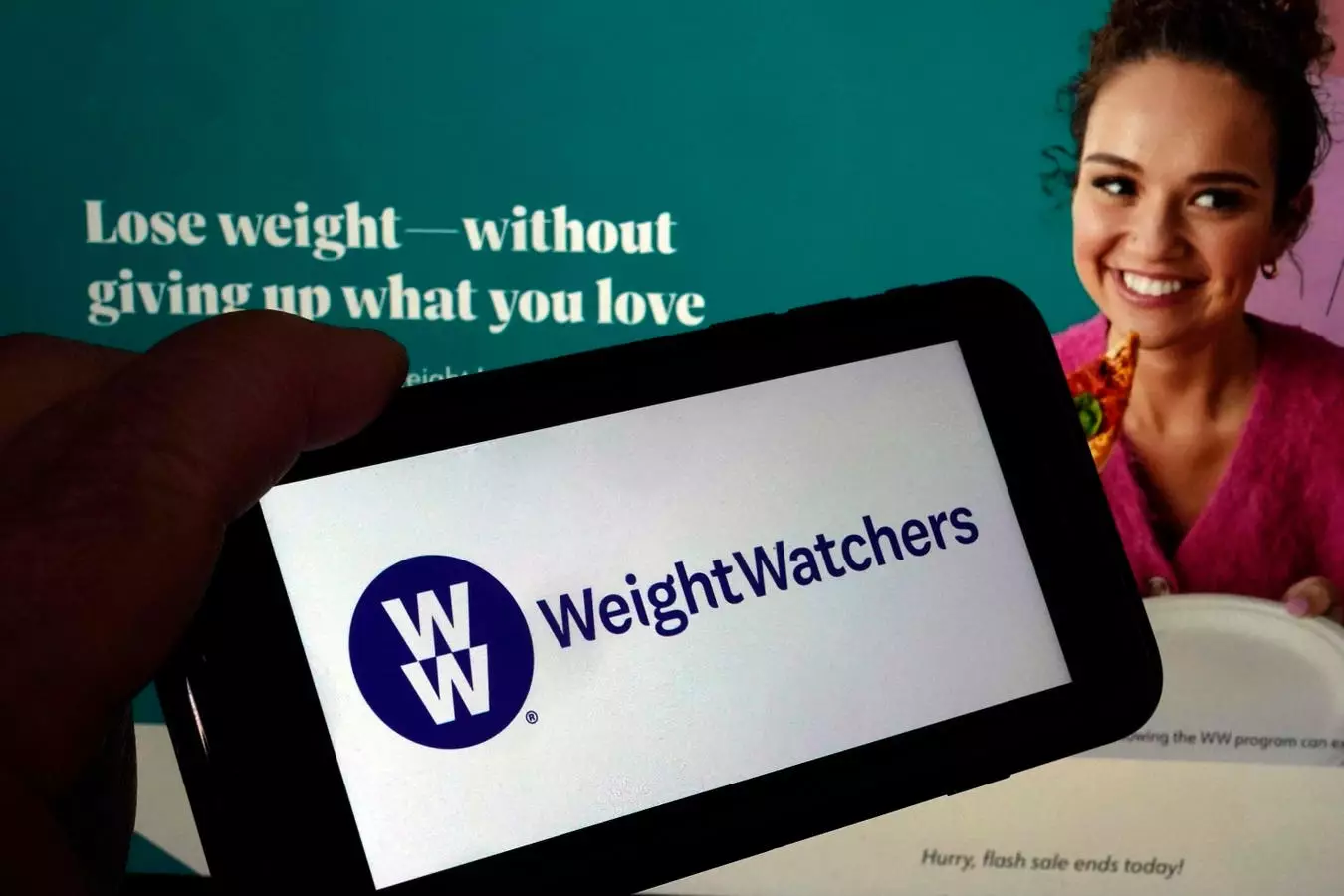The recent headline-grabbing reports about WW, formerly known as WeightWatchers, preparing to file for bankruptcy underscore a far-reaching transformation that extends beyond mere financial metrics. This situation reflects a seismic shift in our cultural landscape regarding health, food, and community. For decades, WW shaped our understanding of weight loss, intertwining it with communal experiences that emphasized belonging, emotional support, and collective struggle. The crafting of personal narratives through weekly meetings, weigh-ins, and the iconic points system turned the journey to health into a community rite. As this model fades, the critical question emerges: what does it mean for our societal fabric when a beloved community-centric wellness framework pivots to embrace clinical and digital efficiencies?
The drive toward a more technological approach—represented by apps, artificial intelligence, and even weight-loss medications like Ozempic and Wegovy—is emblematic of a broader cultural trend. While these advancements may enhance accessibility and personalization, they risk overlooking the intricate emotional and social facets that once characterized our relationships with food and self-image. The rise of telehealth has changed the landscape of care, but it has also stripped away the tangible human connections that are often paramount in fostering healing and growth.
The Medicalization of Weight and its Implications
WW’s shift towards an emphasis on medication-driven weight-loss strategies raises profound ethical and philosophical questions about the medicalization of obesity. According to recent studies indicating that combining pharmaceutical treatments with lifestyle interventions can yield better results, there is a risk that we reduce the multifaceted nature of weight issues to merely biological problems. By advancing a clinical-first approach, we may inadvertently perpetuate a reductionist view that neglects to acknowledge the broader systemic factors influencing obesity, such as socioeconomic status, food accessibility, and emotional well-being.
This approach could lead to a form of stigma reduction for some, but it also threatens to erase the open, compassionate conversations regarding diverse experiences surrounding food, health, and body image. Individuals are not merely biological entities governed solely by their choices; they are products of their environment, society, and a myriad of intersecting sociocultural influences.
Shifting Consumer Expectations and Engagement Challenges
As WW attempts to revamp itself with digital advancements, the inherent trade-offs become glaringly evident. Meta-analyses on web-based interventions suggest that while these models may achieve short-term success, they often fail to facilitate lasting behavior change when compared to the emotional engagement fostered in-person. Moreover, while telehealth solutions provide accessibility—especially vital in today’s fast-paced world—they lack the unique community dynamic that once drew many to WW. The enthusiasm, accountability, and emotional safety that emerged from shared spaces have been replaced by sterile digital interfaces.
Understanding the generational shifts in consumer behavior highlights a stark contrast in relationship dynamics with food and health. Gen Z, with their focus on authenticity, embraces intuitive eating and sustainable practices, distancing themselves from traditional diet culture and rigid frameworks. Millennials, who juggle numerous responsibilities, show an increasing preference for convenience, driving a rise in food solutions that are quick, accessible, and devoid of ritualistic weigh-ins. Meanwhile, even older generations, who were once steadfast supporters of WW, have found solace in emotional encounters that technology cannot replace.
The Unraveling of Community Spaces
The evidence of WW’s decline reflects a more profound, collective mourning over the eroding spaces that served as communal touchpoints. As our connection with food devolves into solitary, app-driven experiences devoid of interpersonal interactions, one can’t help but question what else we lose in this transition toward efficiency and individualism. The heart of WW’s appeal was not only about losing weight; it was about the shared experience of transformation, the collective laughter, and the support exchanged amongst individuals pursuing the same goal.
The nostalgic ache for the fellowship found in those weekly meetings is more than just a sentiment; it speaks to the loss of community engagement that nourished many on emotional and social levels. The appetite for human connection persists even as technological solutions expand. When personal struggles are suffocated in the Pandora’s box of self-tracking, what invaluable lessons, relationships, and moments do we forsake?
As we embrace this era of artificial intelligence, subscription wellness programs, and clinical solutions, it is essential to confront the emptiness left in the wake of our waning communal spaces. The quest for wellness shouldn’t just be a solitary path; it should also be a shared journey that acknowledges the messiness of life, the complexities of our relationship with food, and the vitality of human connection that fuels our aspirations for health. Embracing the digital future is necessary, but we must not forget to nurture the relationships and spaces that have historically sustained us.


Napsat komentář